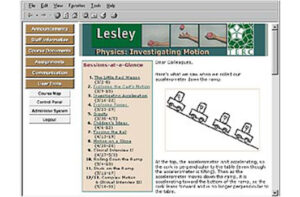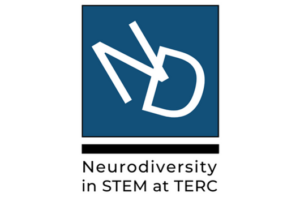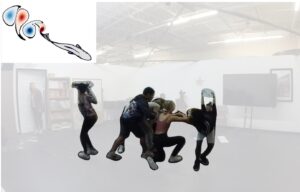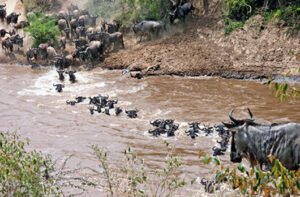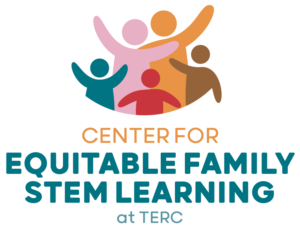Consequences of Curricular Adaptation Strategies for Implementation at Scale
Brian Drayton and Debra Bernstein
Drayton B, Bernstein D, Schunn C, McKenney S. Consequences of curricular adaptation strategies for implementation at scale. Science Education. 2020; 1–25.
Summary
This study examines and compares how developers designed two primary science curricula to support teacher adaptation and enable use of innovative materials at scale. The two cases—Literacy Science (a science and literacy curriculum for grades 2–5) and Science as Inquiry (a curriculum focused on matter for grades 3–5)—were selected because the curricula shared many key features, yet the designers undertook the challenge of designing for adaptation in substantially different ways. Data sources for analysis included interviews with design team members, the curriculum materials, and a range of project documentation. A comparative case study approach was chosen to enable an examination of key contrasting features within the context of each curriculum. Both curricula provide teachers with supports to enact an inquiry‐based curriculum in ways that honor science epistemologies. However, one designer team designed explicitly for adaptation by providing worked examples that described a range of possible classroom and learner contingencies, along with alternative solutions. By contrast, the other design 9team sought to build teachers’ pedagogical capacity by providing access to content and explanations from the cognitive and natural sciences. The paper examines how these design stances informed materials developed to support teachers’ content knowledge, as well as students’ scientific inquiry and classroom discourse. These approaches represent different points on a continuum of design for adaptation, each with its own consequences for enactment and the design of written materials. The cases provide models for designers seeking to support teachers at scale.

Related People:
Brian Drayton and Debra Bernstein



